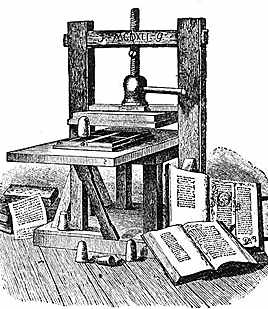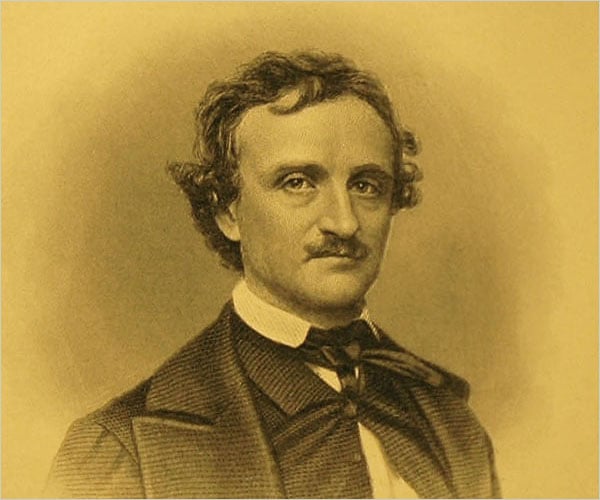Book collecting is an incredibly accessible pastime. Collectors can spend as much or as little as they'd like, and there is plenty of information available to inform their choices. Some rare books, however, are so scarce that only the most elite can afford them. Here's a look at some of the rarest books in the world.
 The first item that Gutenberg printed on his revolutionary invention was, naturally, the Bible. As you can imagine, the first edition of the world's first book is a pretty hot commodity. Several hundred copies were printed, and of course many of those were ruined or destroyed. Intact copies go for $25 to 35 million.
The first item that Gutenberg printed on his revolutionary invention was, naturally, the Bible. As you can imagine, the first edition of the world's first book is a pretty hot commodity. Several hundred copies were printed, and of course many of those were ruined or destroyed. Intact copies go for $25 to 35 million.The 1456 Gutenberg Bible is also one of the few books that still retains high value even when incomplete. It was originally printed in two volumes, and a single volume sold for $5.5 million 25 years ago. Imagine what that would be today, with inflation! Meanwhile, individual pages have been valued at as much as $25,000. Even Bibles with an original page of a Gutenberg Bible tipped in have extraordinary value.
Bill Gates purchased Leonardo da Vinci's manuscripts for $30 million almost three decades ago, and experts estimate they'd now be worth over three times that. Meanwhile the first edition of Shakespeare's complete works (printed in 1623) sold for $6 million.
Rarities from the New World
Across the ocean in North America, the seeds of a new country were slowly sprouting. Early Pilgrims swore on A Freemans Oath. Although there is plenty of documentation that the book was printed, not a single copy is known to survive. If one were to surface, it would likely be worth at least $1 million. Skip forward a few years; imagine the Founding Fathers introducing the Declaration of Independence. Once the document was ratified, copies were printed in Philadelphia and distributed throughout the colonies. These first editions don't have signatures, but the last one sold went for $80 million.
Skip forward a few years; imagine the Founding Fathers introducing the Declaration of Independence. Once the document was ratified, copies were printed in Philadelphia and distributed throughout the colonies. These first editions don't have signatures, but the last one sold went for $80 million.
Another rarity from the New World is Edgar Allen Poe's first poem, Tamerlane (1827). The poem itself is actually pretty terrible--which may be why Poe didn't put his name on it! Instead, the byline reads only By a Bostonian, so many less experienced collectors dont recognize the work's value. But a copy recently sold for $198,000.
But these older books aren't the only ones that have high value. Plenty of modern first editions are quickly gaining value. How closely do you follow the value of books in your collection?









